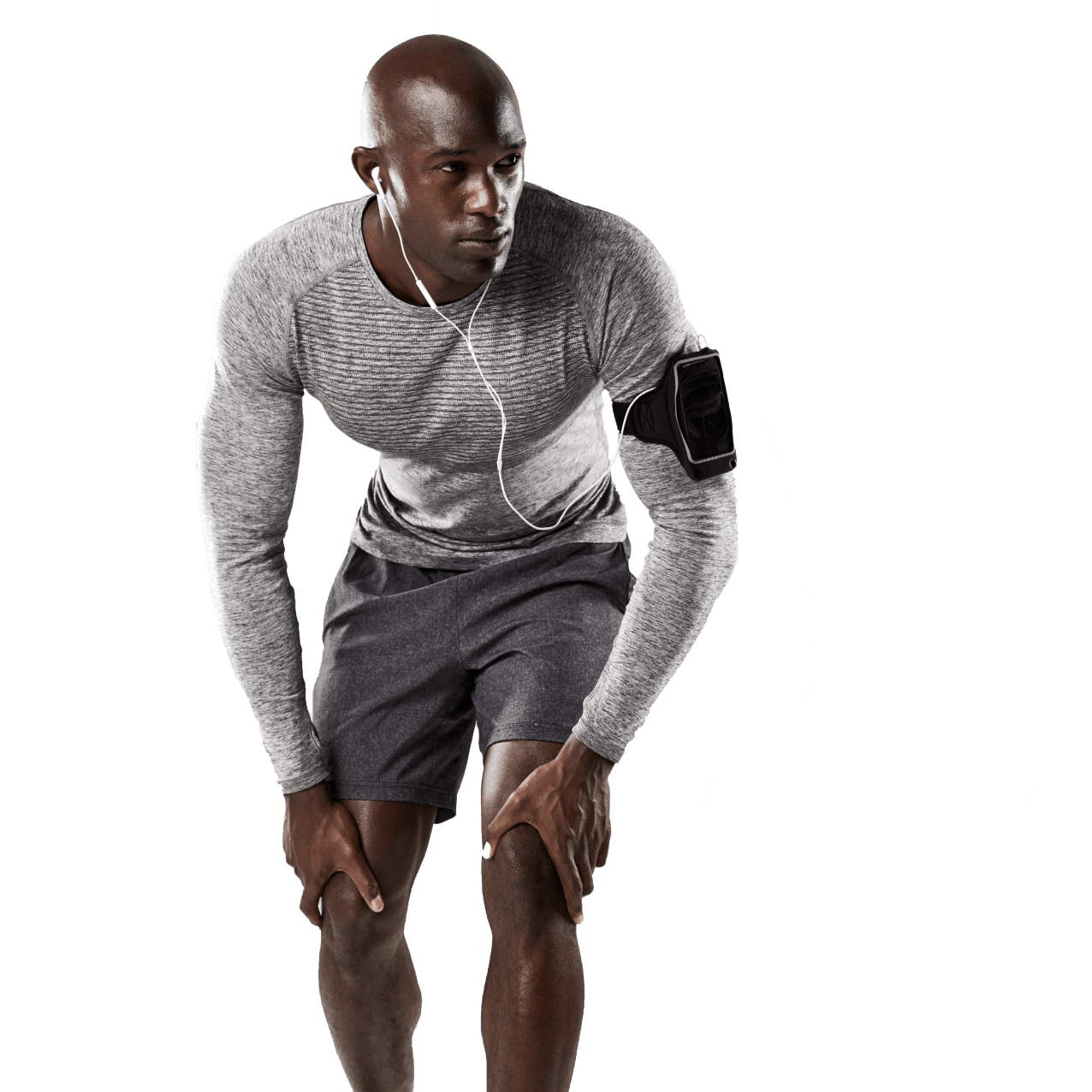Platelet-Rich Plasma (PRP) Therapy
Platelet-rich plasma therapy, also referred to as PRP therapy or Autologous Conditioned Plasma (ACP) therapy, aims to take
advantage of blood's inherent healing properties to restore weakened cartilage, tendons , ligaments, muscles, or even bone.
Proven method to help you reduce joint pain
Benefits of PRP
What is Platelet Rich Plasma?
Platelet-rich plasma is a blood-based substance. Blood has two primary components: red blood cells and plasma. Plasma comprises white blood cells and platelets rich in growth factors.
A typical blood sample will be taken from your arm and extracted in preparation for PRP care. The plasma is segregated from the red blood cells by a centrifuge, which removes the red blood cells from the plasma. Plasma, rich in platelets, is then injected into your scalp to stimulate your hair follicle and stimulate development and new hair generation.
A typical blood sample will be taken from your arm and extracted in preparation for PRP care. The plasma is segregated from the red blood cells by a centrifuge, which removes the red blood cells from the plasma. Plasma, rich in platelets, is then injected into your scalp to stimulate your hair follicle and stimulate development and new hair generation.
Learn More About All Our Interventional Care & Treatments
Request A Visit
Learn More About All Our Interventional Care & Treatments
Advantages PRP Therapy
Like almost all invasive medical treatments, there are potential advantages as well as potential drawbacks and uncertainties to using PRP injections to treat osteoarthritis.
There are many reasons why osteoarthritis patients can consider platelet-rich plasma injections:
- Platelet-rich plasma is autologous, which means it comes from the patient's body, so it is normal and the injections bear little risks.
- Other therapies for mild to moderate osteoarthritis may be ineffective or vary from person to person, and some may have side effects or drawbacks:
Physical exercise and/or weight loss may also improve, but do not necessarily remove symptoms. - Cortisone injections have been shown to alleviate osteoarthritis pain, but frequent injections may weaken ligaments and tendons over time and may have a negative impact on healthy cartilage.
- Anti-inflammatory drugs (NSAIDS) such as aspirin and ibuprofen can relieve discomfort, but long-term use can cause stomach problems, blood pressure and heart problems worse.
- Minor surgeries for osteoarthritis treatment, such as arthroscopic debridement, have inconsistent outcomes and might not be better than placebo.
- Joint replacement procedures are major procedures requiring long-term recovery and should be reserved for more debilitating cases of arthritis.
What are the side effects or risks with PRP?
Although there is no widely agreed set of requirements defining who is eligible for PRP injections, many suggested criteria are described below:
- Osteoarthritis pain affects the everyday activities.
- Some more traditional therapies have failed or have been eliminated:
- Physical therapy for improving joint muscles has not helped
- The patient is susceptible to anti-inflammatory drugs (NSAIDs ) such as ibuprofen or feels that NSAIDs do not offer sufficient pain relief.
- Joint expectations are not acceptable or do not offer sufficient relief for pain
- Steroid injections did not work, or the patient wishes to stop steroid injections.
Platelet-rich plasma injections are not generally recommended for the most serious cases of osteoarthritis.
Request a Consultation
BOOK APPOINTMENT
Request a Consultation

